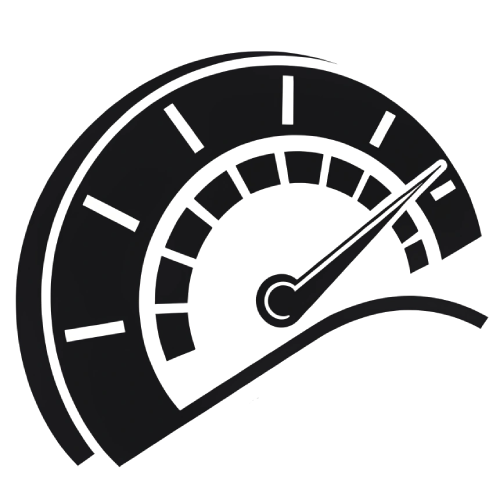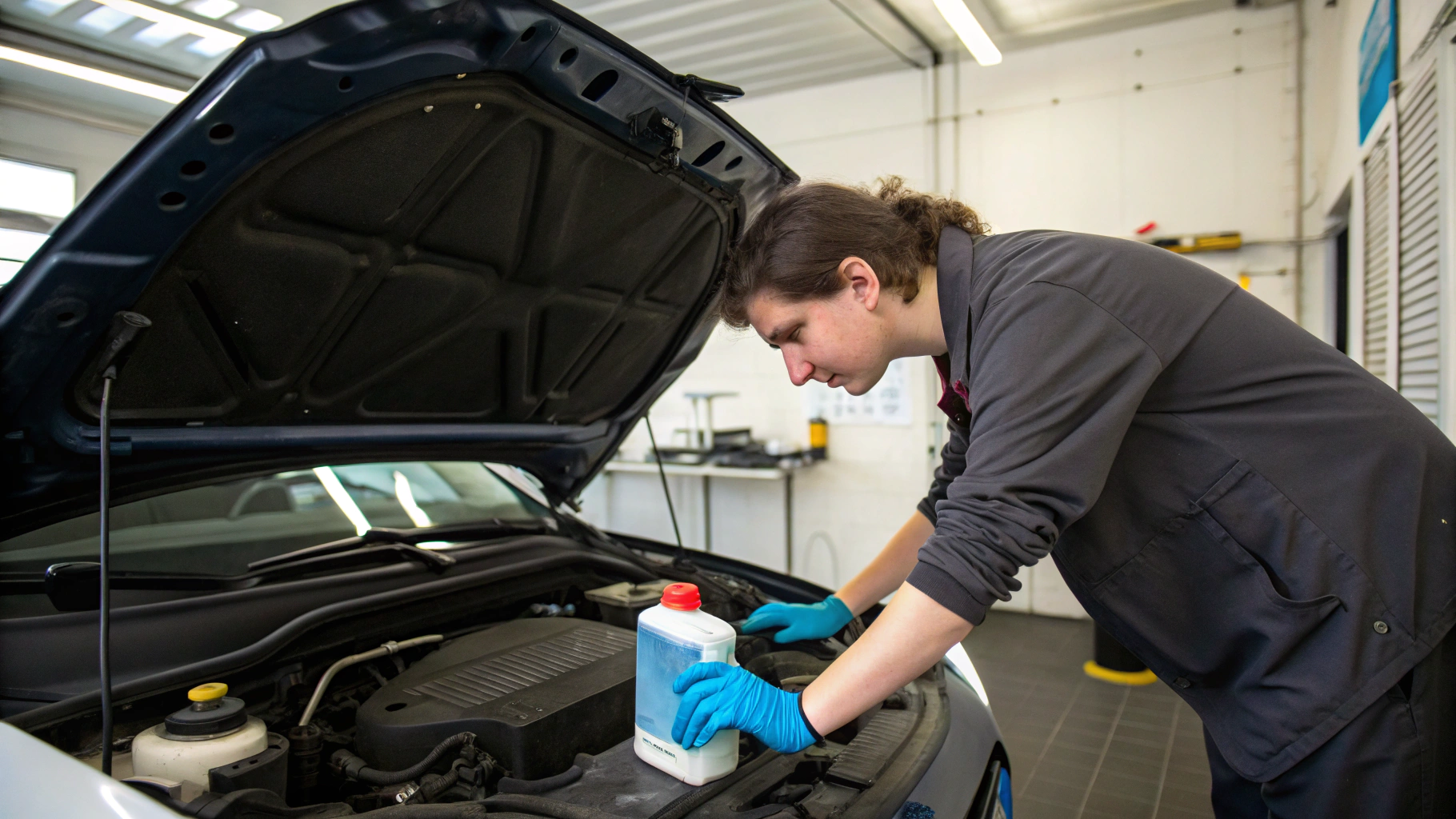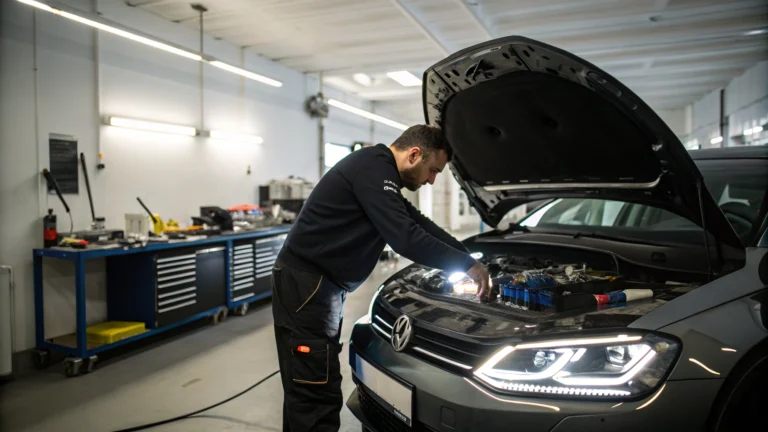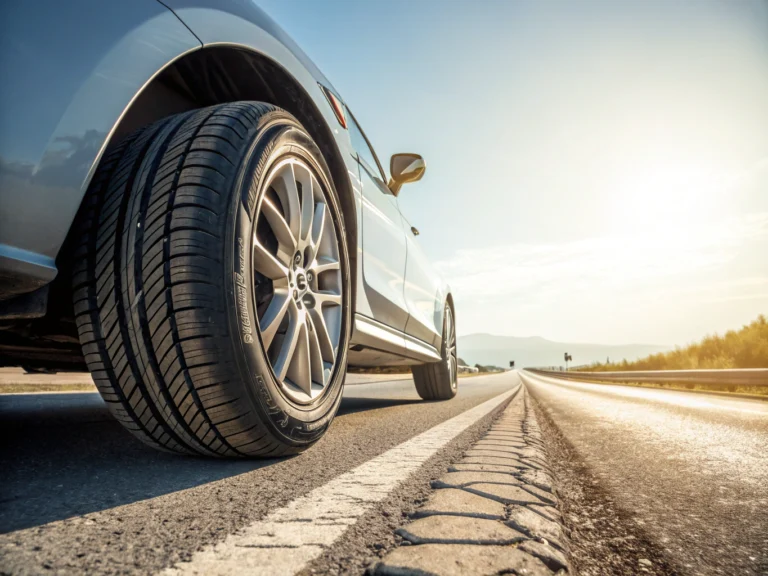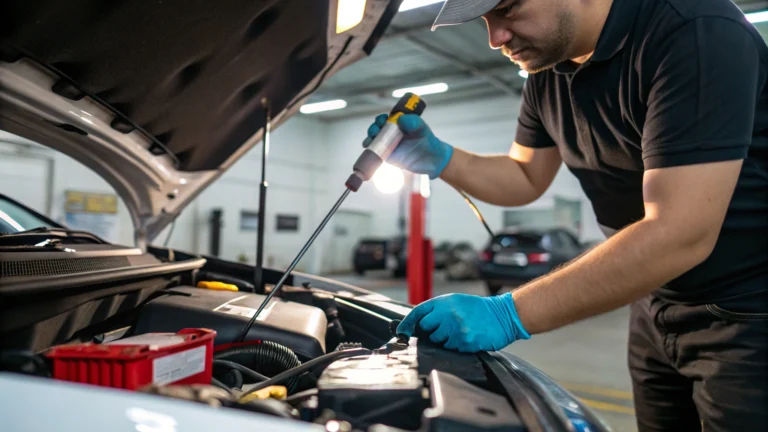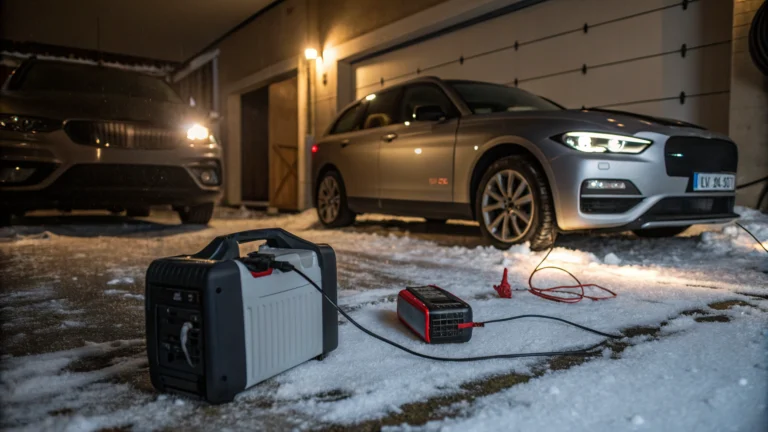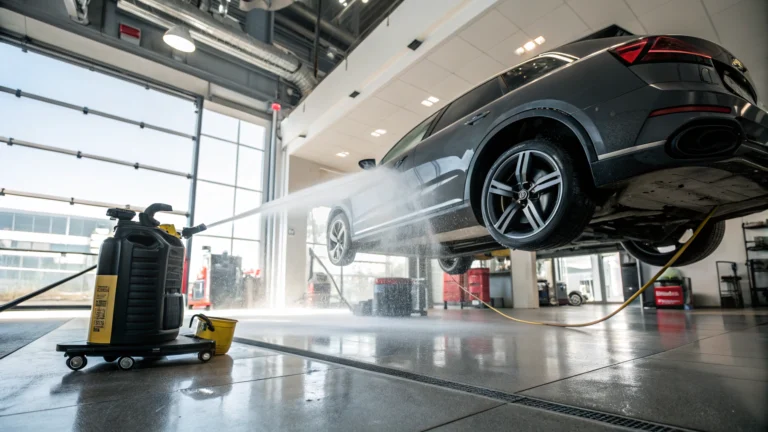Car Overheating Warning Signs & Fast Fixes Revealed
Table of Contents
Experiencing car overheating can be incredibly stressful, especially when you’re on the road. Understanding what causes this issue and how to manage it effectively is essential for all drivers. In this guide, we delve into the critical aspects of “car overheating” to help you keep your vehicle running smoothly.
If you’ve ever noticed that your car’s temperature gauge is climbing too high, you’re not alone. Car overheating is a common problem that can lead to significant engine damage if not addressed promptly. Let’s explore the signs, causes, and solutions for an overheating car.
Understanding Car Overheating
Car overheating occurs when your vehicle’s cooling system can’t effectively dissipate heat from the engine. Modern vehicles are designed to operate within specific temperature ranges, and when these limits are exceeded, components can warp, melt, or fail completely.
Warning Signs Your Car Is Overheating
Recognizing the early signals of car overheating can save you from extensive repairs. Watch for these indicators:
- Temperature gauge reading near or in the red zone
- Steam (often looking like smoke) coming from under the hood
- Strange sweet or burning smells entering the cabin
- Engine performance issues or unexpected power loss
- Warning lights on your dashboard related to temperature
Common Causes of Engine Overheating
Several factors can contribute to car overheating problems:
Low Coolant Levels: The most common cause of overheating is simply insufficient coolant in the system. This could be due to a leak or natural evaporation over time.
Coolant System Failures: Issues with the radiator, water pump, thermostat, or hoses can prevent proper coolant circulation. A clogged radiator or failing water pump won’t effectively remove heat from the engine.
Radiator Issues: Damaged fins, internal blockages, or external debris can reduce a radiator’s cooling efficiency. The radiator is your engine’s primary heat exchanger, so any compromise in its function can lead to overheating.
Faulty Cooling Fan: Modern cars rely on electric cooling fans to draw air through the radiator when the vehicle isn’t moving fast enough for natural airflow. A malfunctioning fan can cause overheating, especially in stop-and-go traffic.
Blown Head Gasket: Though often a result of overheating rather than a cause, a compromised head gasket can lead to coolant leaking into cylinders or oil passages, reducing cooling system effectiveness.
Quick Fixes for Overheating Cars
When your temperature gauge starts climbing, taking immediate action can prevent serious damage. Here are five fast fixes to address car overheating:
1. Pull Over Safely and Turn Off the Engine
The most important immediate response to car overheating is to safely pull over and shut off the engine. Continuing to drive an overheating car can cause catastrophic engine damage. Find a safe location, engage your hazard lights, and turn off the ignition to let the engine cool down.
2. Check and Add Coolant (Once Cool)
After allowing your engine to cool for at least 15-20 minutes, carefully check the coolant level. Never remove a radiator cap when the engine is hot – the pressurized, superheated fluid can cause severe burns. If the coolant reservoir is low, add a 50/50 mix of coolant and distilled water to bring it to the appropriate level.
3. Turn on the Heater
While it seems counterintuitive, turning your heater on full blast can actually help cool an overheating engine. The heater draws heat away from the engine and into the passenger compartment. This temporary measure can buy you some time to reach a service station or your destination.
4. Check for Obvious Leaks or Issues
Look under the car for puddles or streams of coolant (typically green, orange, or pink fluid). Inspect visible hoses for bulges, cracks, or loose connections. Sometimes a simple loose clamp or minor leak can be temporarily addressed to get you to a repair facility. If you’re trying to manage your vehicle during colder months, our winter DIY guide on checking car fluids may provide additional insights.
5. Use Emergency Cooling Methods
In dire situations, you may need to add water to your cooling system to reach service. While not ideal for long-term use (as it lacks the corrosion inhibitors and proper freezing/boiling points of coolant), water can help get you to safety in an emergency.
Prevention Tips to Avoid Overheating
Proactive maintenance is the best way to prevent car overheating situations from occurring. Follow these guidelines to keep your cooling system in optimal condition:
Monitor Your Temperature Gauge Regularly
Make it a habit to glance at your temperature gauge during normal driving. Being familiar with your car’s typical operating temperature will help you notice unusual fluctuations before they become serious problems.
Maintain Proper Coolant Levels and Quality
Check your coolant level regularly and follow your vehicle manufacturer’s recommendations for coolant replacement intervals. Over time, coolant degrades and loses its ability to prevent corrosion and maintain proper heat transfer. Most manufacturers recommend changing coolant every 2-5 years.
Schedule Regular Cooling System Inspections
Have your cooling system professionally checked during routine maintenance visits. A technician can pressure-test the system to identify weak spots before they fail, inspect the radiator for blockages, and verify that the cooling fan operates correctly.
Replace Aging Components Proactively
Coolant hoses, the water pump, and thermostat all have limited lifespans. Consider replacing these components preventatively around 60,000-90,000 miles, especially if you live in extreme climates or frequently drive in demanding conditions.
Keep Your Radiator Clean
Ensure that your radiator’s external fins remain free of debris, bugs, and dirt that can impede airflow. Periodically inspect the front of your radiator and carefully clean it if necessary.
Car overheating issues should never be ignored. While the quick fixes above can help in emergency situations, they don’t replace proper diagnosis and repair of the underlying problem. If your car consistently runs hot, seek professional help to identify and address the root cause before more extensive damage occurs. For further tips on ensuring your car operates safely year-round, consider reading our article on cabin air filter replacement best practices.
By understanding the warning signs, knowing how to respond, and maintaining your cooling system properly, you can avoid the stress and expense of dealing with an overheated engine. Remember that prevention is always less costly than repair when it comes to your vehicle’s cooling system.
As an Amazon Associate we earn from qualifying purchases.
In summary, managing car overheating involves both awareness and proactive measures. Regular maintenance and understanding the signs of trouble can significantly extend the life of your vehicle. Always prioritize addressing potential overheating risks before they escalate.
Staying informed and prepared allows you to handle car overheating effectively. Ensuring that your vehicle’s cooling system is in top condition can prevent overheating episodes, keeping your journeys safe and stress-free.
Shop Related Products:
- Find car coolant on Amazon
- Find cooling system flush kit on Amazon
- Find radiator pressure tester on Amazon
- Find engine temperature gauge on Amazon
- Find automotive antifreeze on Amazon
Frequently Asked Questions
Why is my car overheating?
Your car may overheat due to low coolant, a malfunctioning thermostat, radiator problems, or a broken water pump. Other possible causes include a faulty cooling fan, clogged radiator, or a blown head gasket. Regular maintenance of your cooling system can help prevent these issues.
Can I still drive my car if it’s overheating?
It is not recommended; driving while overheating can cause severe engine damage. If you notice your temperature gauge rising or warning light illuminated, pull over safely as soon as possible and turn off the engine. Continuing to drive can result in warped cylinder heads, blown head gaskets, or even complete engine failure.
How can I cool down an overheating car quickly?
Turn off the A/C, blast the heater, pull over safely, and check the coolant level. First, safely pull over and turn off the engine. Then wait at least 15-20 minutes for the engine to cool down before checking coolant levels. Never open a hot radiator cap as it can cause severe burns from pressurized hot coolant.
